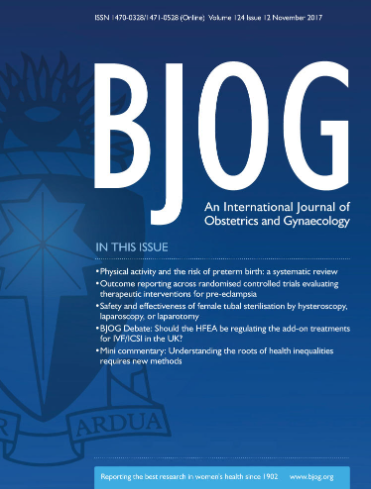Construction of a Prediction Model for Adverse Perinatal Outcomes in Foetal Growth Restriction Based on a Machine Learning Algorithm: A Retrospective Study
Abstract
Objective
To create and validate a machine learning (ML)-based model for predicting the adverse perinatal outcome (APO) in foetal growth restriction (FGR) at diagnosis.
Design
A retrospective study.
Setting
Multi-centre in China.
Population
Pregnancies affected by FGR.
Methods
We enrolled singleton foetuses with a perinatal diagnosis of FGR who were admitted between January 2021 and November 2023. A total of 361 pregnancies from Beijing Obstetrics and Gynecology Hospital were used as the training set and the internal test set. In comparison, data from 50 pregnancies from Haidian Maternal and Child Health Hospital were used as the external test set. Feature screening was performed using the random forest (RF), the Least Absolute Shrinkage and Selection Operator (LASSO) and logistic regression (LR). Subsequently, six ML methods, including Stacking, were used to construct models to predict the APO of FGR.
Main Outcome Measures
Model's performance was evaluated through indicators such as the area under the receiver operating characteristic curve (AUROC). The Shapley Additive Explanation analysis was used to rank each model feature and explain the final model.
Results
Mean ± SD gestational age at diagnosis was 32.3 ± 4.8 weeks in the absent APO group and 27.3 ± 3.7 in the present APO group. Women enrolled in the present APO group had a higher rate of hypertension related to pregnancy (74.8% vs. 18.8%, p < 0.001). Among 17 candidate predictors (including maternal characteristics, maternal comorbidities, obstetric characteristics and ultrasound parameters), the integration of RF, LASSO and LR methodologies identified maternal body mass index, hypertension, gestational age at diagnosis of FGR, estimated foetal weight (EFW) z score, EFW growth velocity and abnormal umbilical artery Doppler (defined as a pulsatility index above the 95th percentile or instances of absent/reversed diastolic flow) as significant predictors. The Stacking model demonstrated a good performance in both the internal test set [AUROC: 0.861, 95% confidence interval (CI), 0.838–0.896] and the external test set [AUROC: 0.906, 95% CI, 0.875–0.947]. The calibration curve showed high agreement between the predicted and observed risks. The Hosmer–Lemeshow test for the internal and external test sets was p = 0.387 and p = 0.825, respectively.
Conclusions
The ML algorithm for APO, which integrates maternal clinical factors and ultrasound parameters, demonstrates good predictive value for APO in FGR at diagnosis. This suggested that ML techniques may be a valid approach for the early detection of high-risk APO in FGR pregnancies.




 求助内容:
求助内容: 应助结果提醒方式:
应助结果提醒方式:


